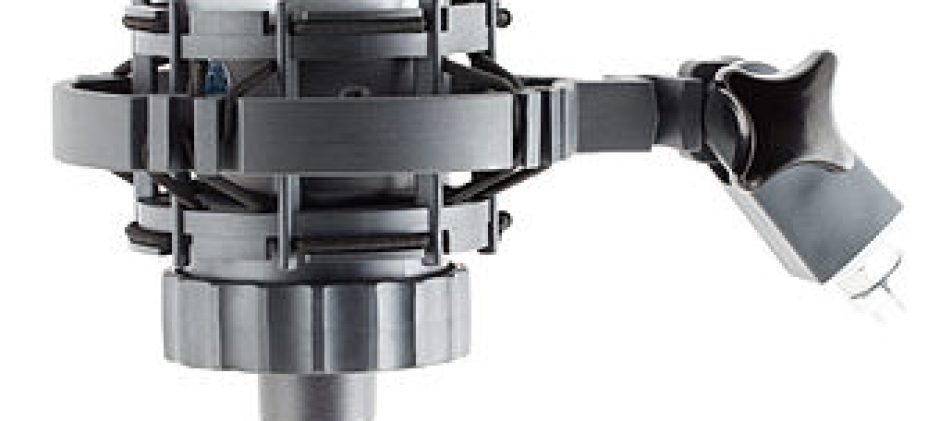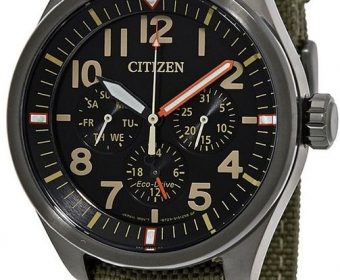- Homepage
- Gadget News
- What is a Condenser Microphone?
What is a Condenser Microphone?

What is a Mic?
A microphone converts sound waves into electrical signals or records them on a recording medium. Microphones permit several sorts of audio recording devices for purposes such as song and voice recording.
A Mic to be used in a studio has to have certain features. They need to be
- Sensitive
- Wider response in range as far as frequency is concerned
- Fidelity
- Most popular for studios where the ambiance is quiet.
It is the capacitor resident in the Mic which does the trick. An electric signal is derived as the capacitor acts as a catalyst to convert acoustic energy.
There are ten kinds of microphone, namely
- Condenser
- Ribbon
- Dynamic.
- Fiber Optic
- Microelectromechanical
- Electret
- Crystal
- Laser
- Carbon
- Liquid
At present, there are four popular microphones only. They are
- Large Diaphragm Condenser Microphones are the big, elegant, professional-looking microphones you see in most music studios.
- Small Diaphragm Condenser Microphones– Their pickup patterns are stable and offer good transient responsiveness.
- Ribbon Microphones- Using a ribbon of electro-conductive substance strung across two magnets, ribbon microphones produce their signal.
- Dynamic Microphones are inexpensive, long-lasting, and produce excellent results when used with some of the most popular recording equipment.
They all feature technology that is not similar, even though the end objective is the same. I.e., Use sound waves and convert them into electric signals.
What is a Condenser Microphone?
The process begins with the diaphragm vibrating due to the sound waves. Voltage arises as the diaphragm causes the vibration in varying distances between it and the backplate. We should also mention here that the present-day capacitor was known as Condenser in the past; Hence the name has been adapted for the Mic too.
Difference between Condenser and Dynamic Mics
Dynamic Mics function when sound waves get converted as an electric signal. The conversion of the signal is affected by the diaphragm and the magnet and voice – coil.
In the case of a Condenser, the sound waves charge the diaphragm electrically due to its vibration. The diaphragm moves forcibly with the beat and produces a sound equal to the electric signal.
The clarity achieved by condenser Mics is far better than what is gained through the dynamic Mic. The reason for this is that condenser mic when compared with Dynamic Mics, are
- Highly sensitive
- More balanced
- Very accurate
- Free-flowing with no disruption.
- Preferred more in recording studios comparatively.
-
Power Supply:
With a few exceptions, served dynamic mics do not require a power supply. Condenser Mics require a power supply without any exceptions.
-
Sensitivity:
It is a fallacy that a Mic is louder compared to the other. It is best to express its insensitivity. The dynamic Mic is lower in sensitivity compared to the condenser mic.
-
Set-up:
It is often argued that dynamic mics are easier to set up. The statement is not true as dynamic mics are difficult to equalize, whereas one can do the bandwidth in a condenser mic.
Condenser Mics Vs. Ribbon Mics?
The Ribbon Mics use electromagnetic induction, whereas Condenser Mics use electrostatic induction for the sound waves to transform into audio.
- The circuitry in Ribbon Mics is simple, whereas the Condenser Mics have complex circuitry.
- Ribbon Mics is made up of diaphragms that appear ribbon-like, whereas there are active capsules resident in the condensers of the Condenser Mic.
- The Ribbon Mics do not create any noise unless switched on, whereas Condenser Mics are active all the time and produce noise.
- Ribbon Mics are light and fragile, whereas the Condenser Mics are heavier and durable.
- The Transient response from a ribbon Mic is accurate but slow compared to a Condenser Mic which is faster and accurate.
- The frequency response of a ribbon-type Mic is natural, whereas a condenser Mic is flat.
- The sensitivity of a Ribbon Mic is comparatively lower when compared to a Condenser Mic which is high all the time.
- Ribbon Mics are moderately priced. Condenser Mics are priced and priced from cheap to costly.
Pros and Cons of Condenser Microphone
Pros:
- Electrical energy signals are obtained from the direct conversion of sound waves.
- The size is relatively smaller and compact
- The reproduction is similar to the original sound production
- As condenser Mics is assembled with a lighter diaphragm, the product itself is lighter in weight compared to the dynamic Mic
- The diaphragm’s speed is relatively faster, enabling a high-frequency range.
- The sensitivity is at its best, allowing even the feeblest sound from instruments or voices to be captured.
- The transient response is faster in this type of Mic.
- Thanks to the shell, light metal, and even more delicate plastic parts, the Mic survives any fall or impact resistance.
- Condenser Mics are preferred mainly compared to other mics by sound engineers and vocalists.
Cons:
- A condenser Mic can work if electricity is there.
- The structure is the most complex compared to dynamic Mic ( and others too).
- It is comparatively costlier
- The costlier condenser Mic is better as the cheaper ones make a small but noticeable noise.
- Condenser Mics performance is subdued if extreme weather and humidity are high.
- It has a fragile sound film
- Condenser Mics cannot handle signals beyond a level specified.
Side Address Microphone
When you find the primary axis of a microphone is projected from the sides, it would only be a Side address Microphone. Any Mic with a large diaphragm, as with condenser Mics, is a side-address mic. The same is valid with Ribbon Mics.
The following are its characteristics:
- They have large grilles
- They have shock mounts
- The axis points are horizontal
- Either they are pointing up or pointing down vertically.
You can identify a side-address as they possess these characteristics.
- The design of the microphone would be flat
- The polar patterns would be Bidirectional.
- All Ribbon microphones
- Multi-pattern Microphones
- They have larger diaphragms
- All mics those are stereo
Front Address Microphones
In specific microphones, the diaphragm is in a perpendicular position to Mic’s body position. These mics convenience singing, speaking, and playing instruments if you play into its end. Generally, almost all the handheld mics are front-address only.
The Front address weighs approximately 2 lbs, and the polar pattern is Unidirectional.
Bidirectional Pattern:
A bidirectional pattern is an asymmetrically responsive sequence that arrives from the rear and front. It rejects the sounds coming from the other sides. It happens because the diaphragm inside the Mic has two sides.
There is also the pressure from the sound from an external source. Both directions are exposed to it equally. It is also called Figure 8.
However, the polarity is one factor that differentiates the diaphragm’s front and back sound waves. If the sound wave hits the front, the polarity is positive. Similarly, when it hits the rear, it is negative polarity.
In a bi-directional mic, the diaphragm is hit on either side by the sound wave. The degree of such an impact’ would vary between 90 degrees to 270 degrees as reflected in the polar graph. Even though the two sides of the diaphragm have opposing polarities, the amplitude is the same. Due to this, there is a cancellation. Do observe the
- Rings of silence &
- You can find Null points on either side of the bidirectional microphone.
Omnidirectional & Unidirectional Patterns
The intrinsic polarity of a microphone is described by its polar pattern. Loss in polar patterns refers to signal failure at any angle first from Mic related to its central point, precisely. Two types of polar patterns are omnidirectional and unidirectional. At peak volume, unidirectional mics can only pick up audio from one side, and all other (off-axis) directions are significantly muted. Patterns like
- Cardioid,
- Supercardioid &
- Hypercardioid are all examples of unidirectional polar patterns.



